
What does Overwinding and Underwinding a pickup do?
A question we get asked often is, “what does overwinding a pickup do?” or, “what does underwinding a pickup do?” It’s a simple question, with a slightly complicated answer. Fortunately, we know how to answer it without making your head spin.
When making a guitar or bass pickup, one vital ingredient of the pickup is the coil. The coil consists of thousands of turns of copper wire wrapped around or near a magnetic field.
When you play the guitar string, the string disturbs the magnetic field, pushing and pulling the electrons in the coil wire. This practice, in turn, creates AC voltage – the small signal generated and sent to your amplifier.
It’s ALL About The Number of Turns:
The number of turns of coil wire will dictate the voltage created – how ‘hot’ the pickup is. So, in essence, the more turns of wire will generate more voltage and a stronger signal. Generally speaking, more turns of wire will create a louder pickup, and fewer turns of wire will equate to a weaker pickup. I can hear you from here: “That’s good and all, but what does that do to the tone?”
Two things happen to the tone when we overwind a pickup: the midrange becomes more pronounced, and the sound becomes darker. I like to equate this to sounding ‘thicker’ or as Lindy likes to call it, ‘beefier.’ Our Blues Special Strat pickups have a thicker-sounding midrange and are a little quicker to break up when pushed hard.
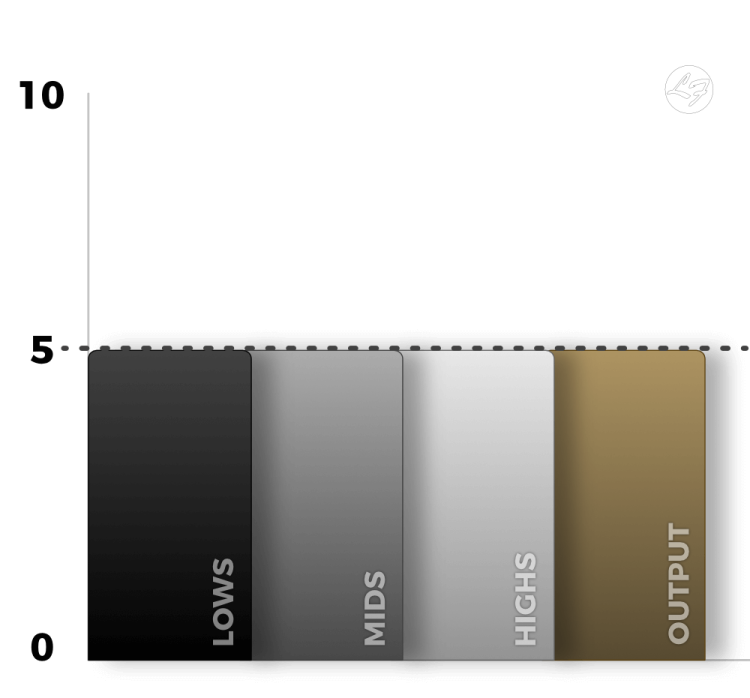
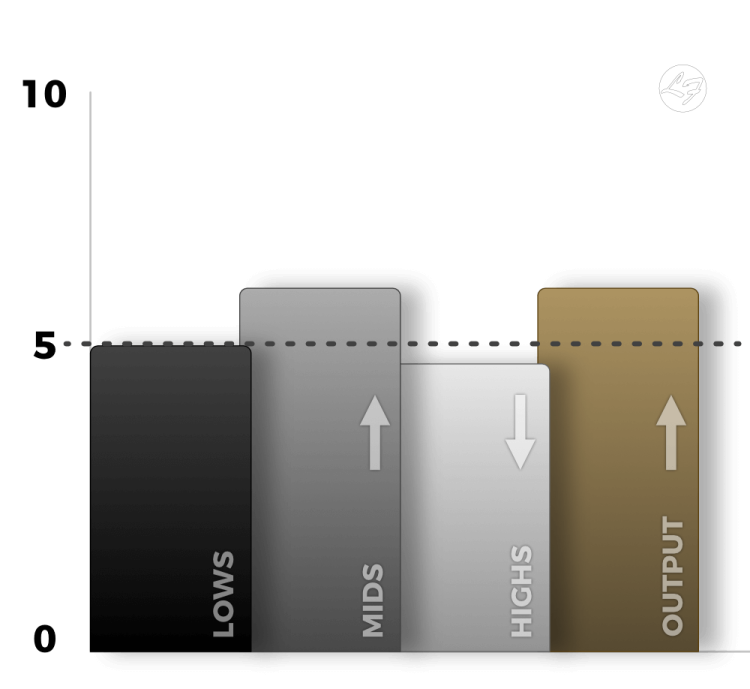
Conversely, when we underwind a pickup, the midrange gets scooped, emphasizing the top-end of the pickup. An excellent example of underwound pickups is John Mayer’s ‘Big Dipper’ pickups. His Fender pickups have a noticeable ‘scooped’ midrange and ‘glassiness’ to them that comes from underwound pickups. Our Real 54’s do this very well.

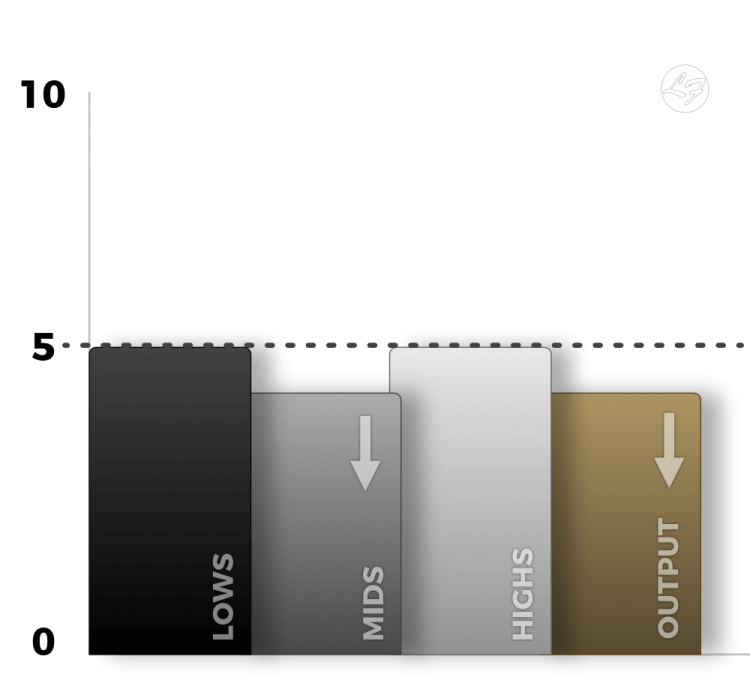
It’s not all about the number of turns:
The design of the pickup has a major impact on the tone. Overwinding a pickup from 6K to 7K will increase the output as well as shape the tone. However, certain pickup designs use a lot of coil wire – for instance, our Hum Cancelling P90 Neck has a resistance reading of 15.6K – that’s a lot of copper wire in that coil! It’s generating a lot of voltage and a strong signal, so underwinding or overwinding the pickup will shape the tone, not change the output of the pickup.
There are definitely diminishing returns on how ‘hot’ and loud you can make a pickup before it starts getting too dark and thick-sounding.
As mentioned at the beginning of this article, the coil itself is just one ingredient of the pickup. The magnet structure also has major effects on the tone. For instance, using stronger magnets in a hot pickup will make a dark pickup sound brighter. For example, take a look at our Humbuckers.
We have two PAF-voiced humbuckers and a High Output model available – the Pure P.A.F., the Modern P.A.F., and the High Output. Each model gets stronger, thicker, and darker from the last, but are very similar in design.
The Pure P.A.F. reads around 7.8K on the Neck, where the Modern P.A.F. reads about 8K, and the High Output reads about 12.5K. To prevent the pickups from getting too dark, we are also using a stronger magnet to add brightness.
So, the Pure P.A.F. uses Alnico II, the Modern P.A.F. uses Alnico IV, and the High Output uses Alnico V. Using stronger magnets adds more top end to the pickup, preventing the pickups from getting too dark.
Resistance Readings:
Copper coil wire generates resistance. Without getting too technical, the more turns of wire on a pickup, the more resistance the coil will have. As mentioned in our article on resistance, resistance readings only help when comparing two identical models of pickups. For instance, comparing a 7.8K Tele pickup to a 7.8K Humbucker won’t give you any useful information – they are two completely different pickup designs. However, comparing a Strat pickup wound to 6K to a Strat pickup wound to 7K with the same magnets, you can infer that the 7K Strat pickup will sound thicker and darker.
Well, that should clear up a few things, hopefully! My goal is to give you a very broad and general understanding of Overwinding and Underwinding. There are a ton of pickup designs and options out there, and coil wire is just one drop in the bucket of how the pickup will sound.
Comments
12 Comments For This Post
Leave A Comment
Want to chime in to the conversation? Please do so! Please respect others.


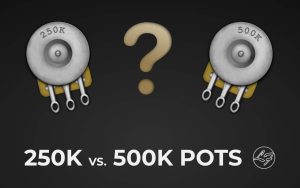
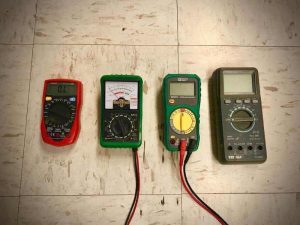
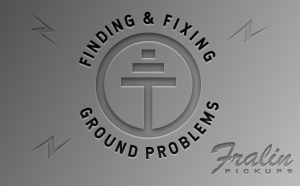
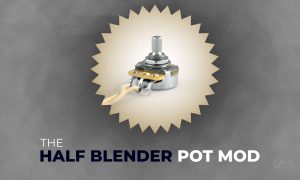
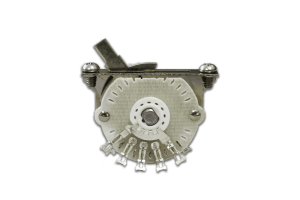
I’m just getting started to try and learn how to wind my own pickup. I plan on doing a scatter wound. Is it better to start at the bottom or the top of the bobbins?
So far keeping the coil tight seems to be the biggest difficulty.
Where can I find a list of how many turns to apply on the bobbins for different types of pickups?
What should l expect with a set of p92 pickups with bridge overwound 5% and neck underwound 5%? Putting them on a Fender Tele HH. Guess I’m taking a leap of faith.
Guitar Tex in San Antonio will be installing. Please advise.
Hey David, they will sound fine together. If you were to select “Stock” on both pickups, both pickups will balance tonally and output-wise. Underwinding the Neck and Overwinding the Bridge further will make the neck sound clearer and the bridge fatter. Position 2 (neck and bridge) would be a bit “quackier” than if they were both “Stock” as well.
Very good article, but missing one thing: wire thickness. If you could append it, with thinner vs thicker wire, would make the article perfect.
I’m looking for a clean and sweet sound for one Strat with 3 single-coils for playing “Cool Jazz.” Any suggestions on which pickups I should select and what windings (particularly for the neck & mid pickups, since I commonly play with the switch set for both).
BTW, I saw an interview with the “Principle Builder” of the Fender Custom Shop & he said he doesn’t even put a bridge pickup on his own personal custom Strats, also preferring playing almost always with the neck & mid pickups combined.
Very interesting, indeed. Now, how does this relates to pickup définition vs. muddiness, please?
Thanks for the detailed…but not too detailed breakdown article on pickup windings. I can now plan the correct pickup voicing for my guitar without it being pure guesswork.
Cheers.
CJS.
I have both jazz and p bass Fralins. They seem to be what an engineer loves. The have the bump in the right low spot as well as the upper frequency clarity that give the bass a fat but clean sound in the stock configuration for an R&B, Jazz and Blues venue. I find them to be clean, responsive in a linear manner to any tone or volume changes that won’t leave the engineer with a frown. if these are your venues, you should be pleased.
Fantastic writeup on pickups and related topics. Now I am very clear why I ordered the high output humbuckers and split blade single coil blues version. Thank you.
Does the emphasis/de-emphasis of winding variation only actually occur to midrange, with highs/lows only perceived to be relatively boosted/cut, or are highs/lows actually boosted/cut?
The fact that you can’t meaningfully compare resistance numbers across different pickups designs was worth the price of admission right there!
Finally, a thoughtful, thorough, and concise explanation of pickup construction!